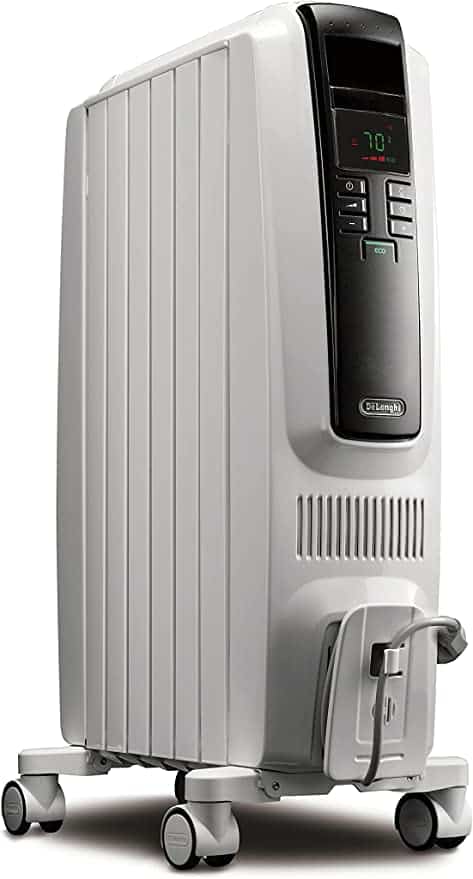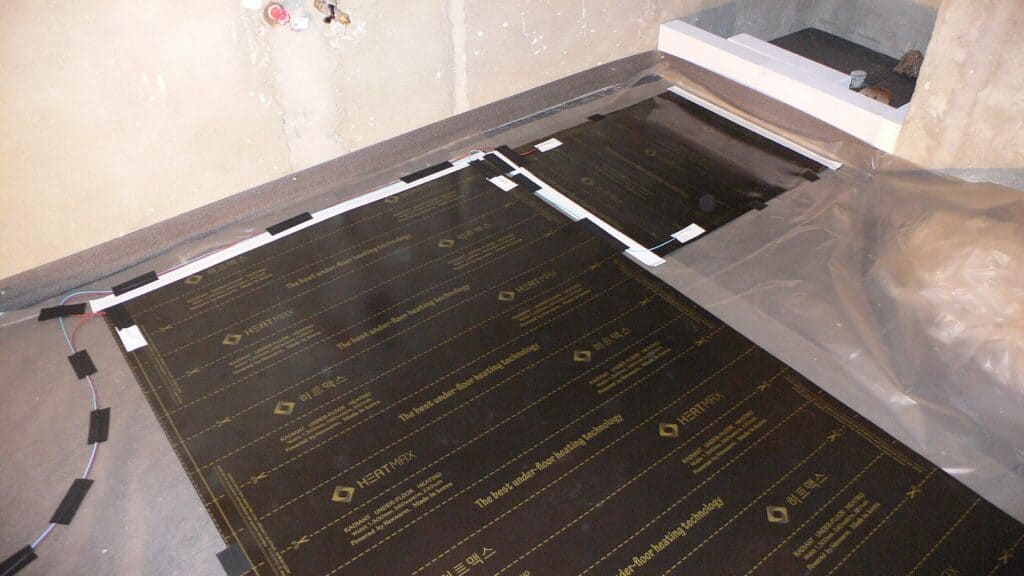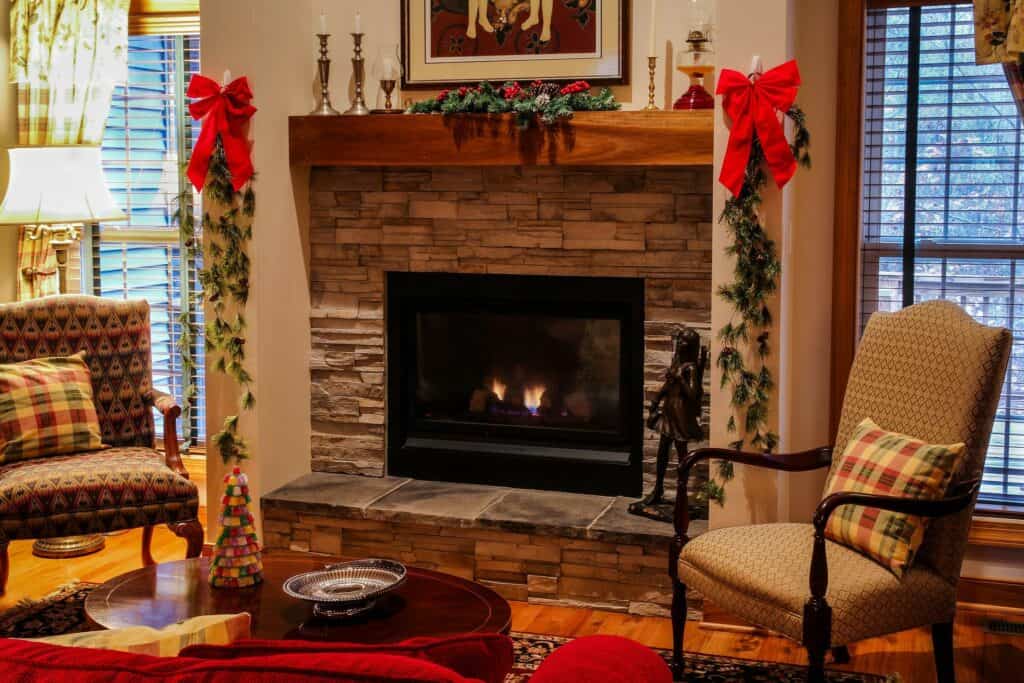Introduction – Supplemental Heating Sources
What happens if the home heating system isn’t enough to keep you warm? In this post, we will discuss seven of the most popular supplemental heating sources. There are many different supplemental heating sources available, and each has its benefits and drawbacks. We will also provide information on how to choose the right supplemental heating source for your needs.

It can be challenging for the wallet and the feet to maintain a constant temperature at home during the winter months. Even if there is sufficient primary heating, turning up the thermostat may result in higher energy expenditure but no noticeable improvement in comfort. This is why a lot of people who own their homes prefer to use supplementary or alternate heating systems that give them finer control over the temperature in their homes.
What Is Supplemental Heating?
Many people think of their central heating system as the only source of heat for their homes. However, supplementary heating can be a great way to save money on your energy bills and improve the comfort of your home.
Supplemental heating is defined as “the addition of heat to a space to maintain the desired temperature.” Supplemental heat can come from various sources, including fireplaces, space heaters, and even the sun. In most cases, supplemental heating is used to supplement the primary heating source, such as a furnace or a boiler. For example, you might use a space heater to supplement the heat provided by your furnace on a cold day.
Additionally, supplemental heating can be used as the sole source of heat for a space. For example, if you have a fireplace in your home, you may use it as your sole source of heat during a power outage. However, it is important to note that using supplemental heating as your sole source of heat can be very expensive and dangerous. Therefore, it is important to always consult with a professional before using supplemental heating as your sole source of heat.
Why Use Supplemental Heating?
Here are some benefits of supplemental heating:
1. It can lower your heating costs. By supplementing your primary heating source with a supplemental one, you can use less energy overall, saving you money on your heating bill. This is especially true if you’re using a single room but your heating zone spans multiple rooms and its cheaper to heat the single room.
2. It can provide backup heat in case of an outage. If your primary heating source fails, a supplemental heater can keep you warm until it’s fixed. During backup heating, you may not need to heat the entire house.
3. It can increase the temperature of a room evenly. If you have a large room that’s difficult to heat evenly, supplemental heating can help solve that problem. A corner that’s always cold for example, benefits from the use of a space heater localized to that area.
Here Are Seven Ways to Stay Warm With Supplemental Heating Sources
While traditional heating sources like furnaces and fireplaces can help, several supplemental heating sources can make a big difference. Here are seven of the best:
1. Electric Radiators

It may be possible to install either one or two electric radiators, but this will depend on the size of the area that has to be heated. Individual temperature regulation is possible, and the majority of thermostats require only a small amount of floor area. Because of their compact size and portability, they provide a practical solution at a reasonable price.
In contrast to permanent convection heaters, portable electric space heaters have a limited heating area and cannot be left on for extended periods. This is also their benefit. By being focused, you heat only one spot. When you leave the spot, you can turn off the radiator. Below is an image of a Delonghi product.
2. Radiant Floor Heating

This system uses radiant heat, which is similar to the warmth of the sun, to keep your entire house at a pleasant temperature all winter long. However, the installation process can be laborious because, based on the system chosen, the flooring must be removed, reinstalled, or replaced. Water-heated tubes or electric heating coils provide the energy for this setup. The latter must also be installed with a boiler.
3. Gas Fireplaces

Gas fireplaces are a long-term solution that can considerably aid in heating a greater room in your home. While ventless solutions are more versatile in terms of installation, they can only be used for a set period. Use an enclosure so there’s no air exchange between the room and the chimney. The only thing that comes out of the closure will be heat into your room.
4. Electric Fireplaces

For those seeking a longer-lasting, more aesthetically pleasing choice, electric fireplace inserts may be the perfect solution. Designed to fit into your existing fireplace, these inserts offer the charm of a traditional fireplace without the need for splitting wood or venting smoke.
Their heat output is comparable to that of a space heater, making them an ideal choice for smaller rooms or for providing supplementary heat in larger spaces. Electric fireplace inserts can be easily adjusted to match the desired temperature and create a cozy atmosphere at the flick of a switch.
One of the key advantages of electric fireplace inserts is their low maintenance. Unlike wood-burning fireplaces, they don’t produce ash or soot, which means no messy cleanup. Additionally, since they don’t require a flue or chimney, installation is often simpler and less invasive.
5. Wood Fireplaces

A wood fireplace may be more difficult to set up initially since it requires ducts for air circulation. They also necessitate more rigorous maintenance (hauling and splitting wood). But if you live in an area where power outages are more common, this heating method is an effective alternative to using electricity. Fireplace inserts offer a similarly efficient and convenient alternative. Fireplace inserts are designed to fit into existing fireplaces, thereby enhancing the heat output and reducing the maintenance needs.
6. Ductless Mini-Splits
Essentially a heat pump which transfers hot air from the outside to the inside. Mini-spits offer a great deal of customization due to their lack of reliance on ductwork and their ability to heat and cool specific rooms or even larger, open areas. Each can have its temperature setpoint and they play well with various kinds of heating systems because of this. The systems in question are electrically operated.
7. Heating Pad
Our last idea is not a heating system at all. Heating pads are an effective and convenient solution for combatting insufficient heating in isolated areas of the home. This issue often arises in larger houses where certain rooms, such as basements or attic conversions, might not receive the same level of warmth as the main living areas. Heating pads, with their portability and ease of use, come as an efficient means of generating warmth.
Homemade microwaveable (we have a guide for a cute stuffed animal heating pad) heating pads are an ingenious, cost-effective solution for providing targeted heat wherever you need it in your home. Crafted from simple household materials such as fabric and filled with substances like rice, beans, or flaxseeds, these DIY heating pads are an environmentally friendly and reusable option. The premise is simple: you heat the pad in the microwave for a few minutes, and it retains the warmth for a significant period, allowing you to target specific areas that need heating.
Tips On Choosing A Supplemental Heating Source
Here are some tips on how to select the right one for your needs:
1. Consider the size of the space you need to heat. A small room can be warmed with a portable heater, while a larger area may require a more powerful unit.
2. Think about the fuel source. Electric heaters are convenient, but they may not be the most cost-effective option. If you’re looking to save money, consider a gas or wood-burning stove.
3. Decide how long you need the supplemental heat to last. If you only need it for a few hours each day, an electric heater will probably suffice. However, if you want constant heat, a gas stove is a better choice.
4. Consider the overall efficiency of the unit. Some supplemental heaters are more efficient than others, so it’s important to compare your options before making a decision.
5. Ask yourself if you want additional features. Some supplemental heaters come with built-in thermostats or remote controls, which can be handy if you want precise temperature control. Others have timer functions that allow you to set the unit to turn off automatically after a certain period.
Conclusion
In conclusion, there are many ways to keep warm using supplemental heating. Some people prefer to use electric radiators or space heaters, while others opt for fireplaces or wood-burning stoves. No matter what method you choose, supplemental heating can help you stay cozy all winter long. So curl up with a good book and enjoy the warmth of your space heater. You’ll be glad you did.
